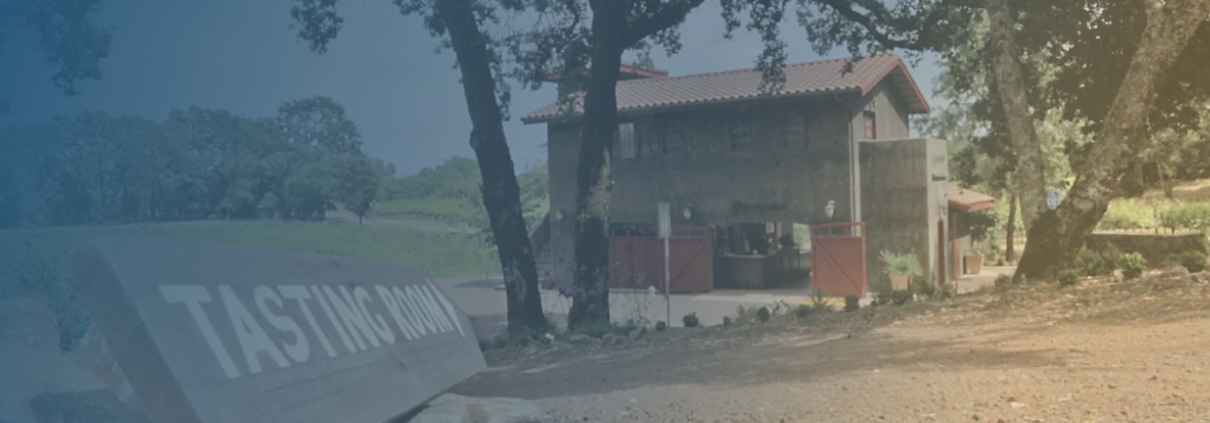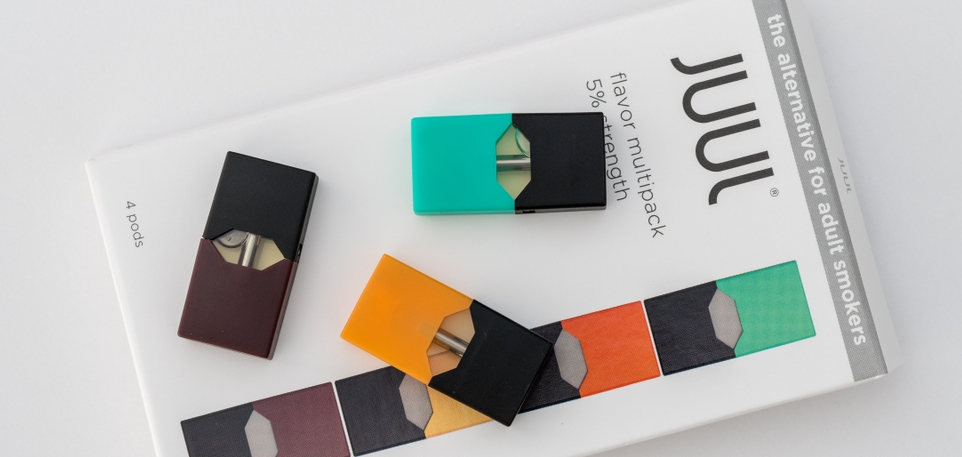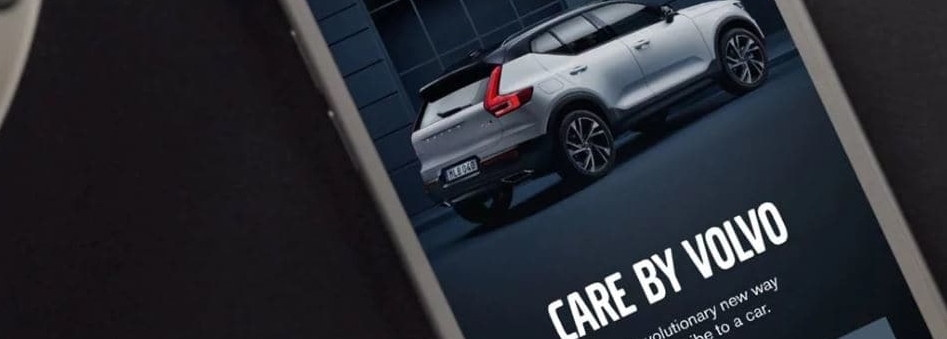201. Trini Amador: How Gracianna Became The Most Awarded Winery
It’s the ambition of every entrepreneurial business to advance from a standing start to customer—recognized leadership in its chosen field. It’s achievable, even without breakthrough technology and venture capital financing. Trini Amador’s Gracianna Winery is one of our Economics For Business entrepreneurial businesses of the year for 2022 for precisely such a journey story. Trini joins us to review the principles, processes and programs that are driving success.
Knowledge Capsule
Gracianna is the most awarded winery.
Metrics of success can vary across categories and industries. In the wine industry, awards presented in tastings conducted by prestigious panels and arbiters are important signals to customers. In a recent period, Gracianna winery, a small craft producer in the highly competitive Russian River wine area of Sonoma County, California, has become the most awarded in its class. And since that class is, by the owner’s choice, world-class — the best-of-the-best — the achievement is elevated to the highest possible level. Examples of the awards won include gold medals at the Sommeliers Choice Awards and the Sunset International Wine Competition, and double gold at the Los Angeles International Wine Competition. More awards are listed at Gracianna.com/Awards
Gracianna winery has also won hospitality awards for its tours and wine tastings, including a #1 position on TripAdvisor for Things To Do In Healdsburg, CA (out of 117 competing alternatives).
Everything begins with a commitment to understanding customer needs.
Trini and his family set themselves a goal of making a mark as a world class winery. They’ve certainly done that. How? Trini Amador is an entrepreneur in the Austrian tradition: the entire journey starts with deep understanding of customers and their needs. Who are the people who enjoy world class wines and associated experiences, and why do they choose to participate in this industry as consumers? What kind of experiences do they seek? How do they want to feel about those experiences?
Why do they undertake travel to visit different wineries? Why do they choose California, and Sonoma County and the Westside Highway in the Russian River Valley? How do they like to buy online? Why do they join wine clubs? All of these choices are emotionally driven — the answers lie in the heart and not the data.
Becoming a world class winery is a direction of travel, and the destination becomes clear with more and more learning about customers and their needs, wants and preferences. Brand vision is integrated with customer understanding and empathy.
Focus and feedback can take a brand to the top.
Trini describes his company and his team as obsessively focused on customers. As they collect more and more customer knowledge via more and more interactions, the better they get at serving customer needs.
There are really only two I techniques: listen and observe. Since the Gracianna experience includes onsite tastings and tours, the Gracianna team can meet customers face to face and listen for their responses, preferences and hopes. And since all Gracianna wine is sold direct via the internet, butting activity can be observed directly. The requisite business skill is always to pay attention for signals, and always attend to the feedback that results from interaction. All guests are self—selecting themselves to be part of the Gracianna story. They’ve chosen the relationship. Gleaning the motivation behind their doing so is the goal of the marketing team.
Consistent, precise execution is more important than strategy.
Once the brand’s direction is set, and an initial understand of customers is established, then execution takes over. Execution is a daily discipline, and the power tool is consistency: establishing a high standard and maintaining it in every action.
It’s perfectly possible to build a brand this way. Trini likened his approach to building a bird’s next — one twig at a time. Every act of execution, every customer service interaction, every e—mail and every tasting service is another twig added to a perfectly shaped, ultra—strong construction. Small brands can claim ownership of an equity this way (such as “best tasting room experience” on TripAdvisor) without expensive investment in communications; just execute, execute, execute. Let employees on the team exercise both their responsibility and their creativity in precision execution. Always aim for effectiveness (the best possible execution) rather than efficiency (the lowest cost or least—resource execution).
The best kind of planning is contingency planning to establish a prepared adaptiveness.
Wine is, at its fundamental level, an agricultural business. Trini calls it rhythmic — grow, harvest, make wine, store wine, release a vintage. No two growing seasons are ever alike. In addition, there can be crises — excess rain, floods, unusual growing temperatures, fires, pests. The best way to deal with these variations is contingency planning, i.e., imagining all the things that could go wrong and having a set of actions in mind if they do.
Adaptiveness is a core attribute for all entrepreneurs, and is especially applicable in wine. Explore and expand is an orientation that fully applies — once the curves that nature throws have been negotiated.
The greatest entrepreneurial attribute is courage.
In face of all the challenges and amidst all the uncertainty of an entrepreneurial business, Trini maintains that the key to a successful outcome is not so much strategy as courage. Make the best decisions you possibly can based on understanding customer needs, and then have the courage to act on the decision. The action generates interaction, which results in feedback, which provides the knowledge and energy for the next decision and next action.
Courage is the entrepreneur’s best business tool.
Additional Resources
“Gracianna: Award Winning Winemaking and Entrepreneurship” (video): Mises.org/E4B_201_Video
Lisa Amador’s Cookbook, Comfort! A Gracianna Member-Inspired Cookbook: Mises.org/E4B_201_Cookbook
Trini Amador’s “Brand Uniqueness Blueprint” (PDF): Mises.org/E4B_201_PDF







